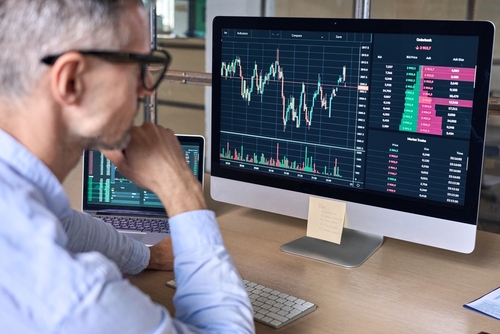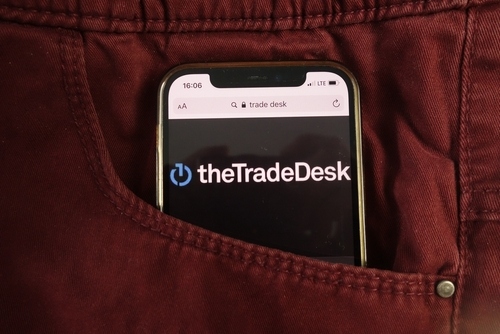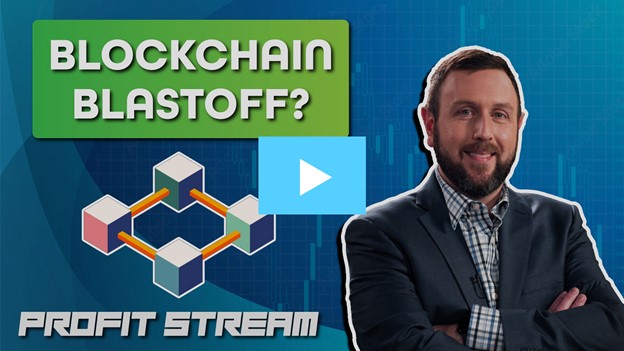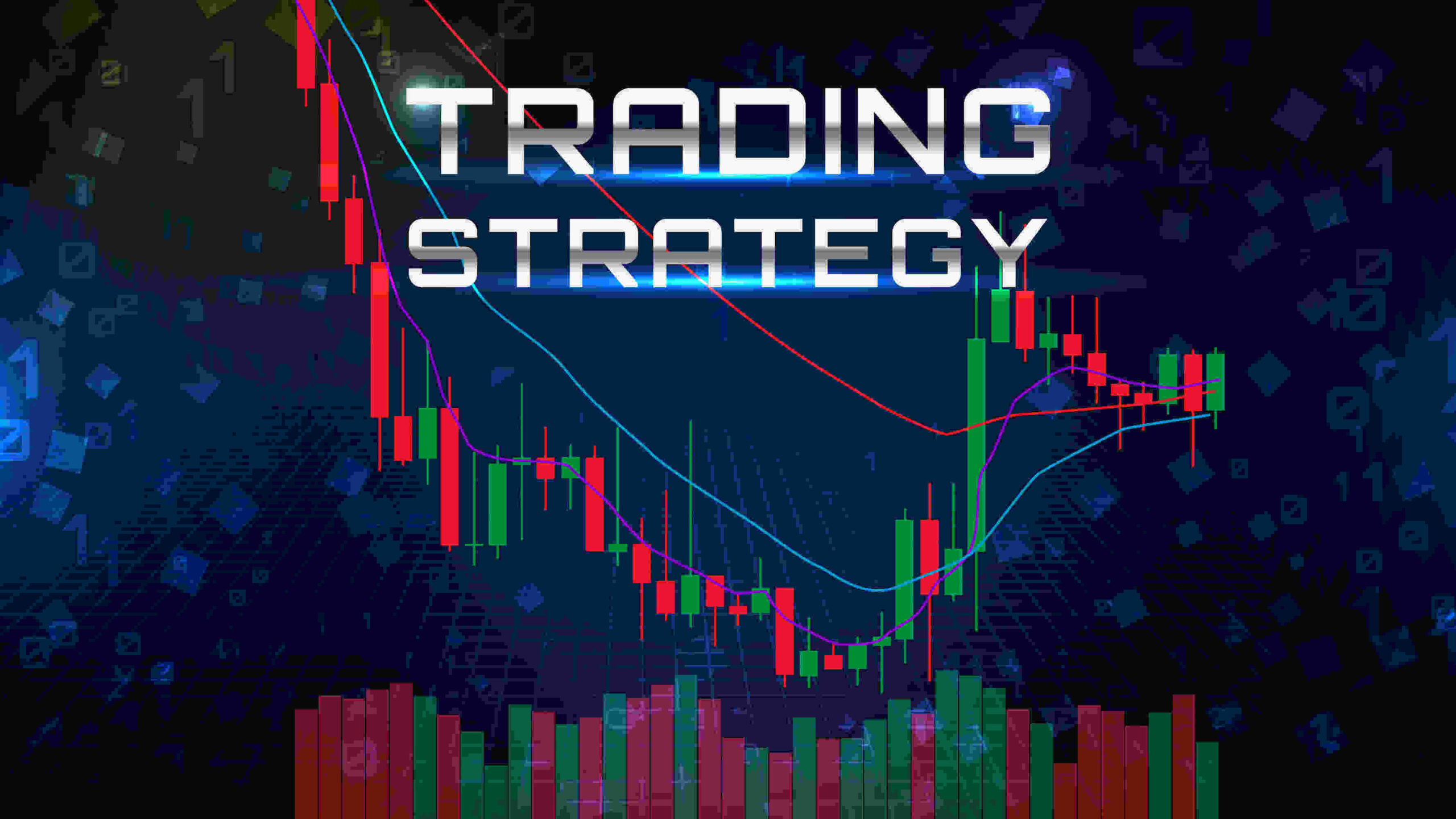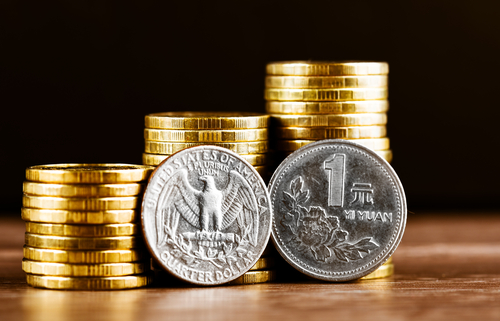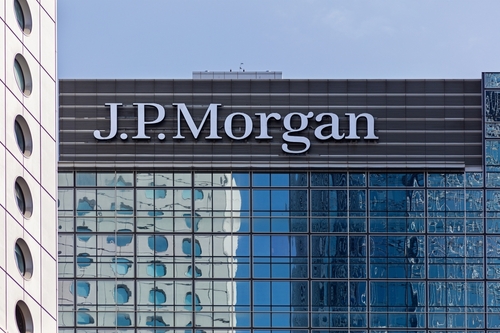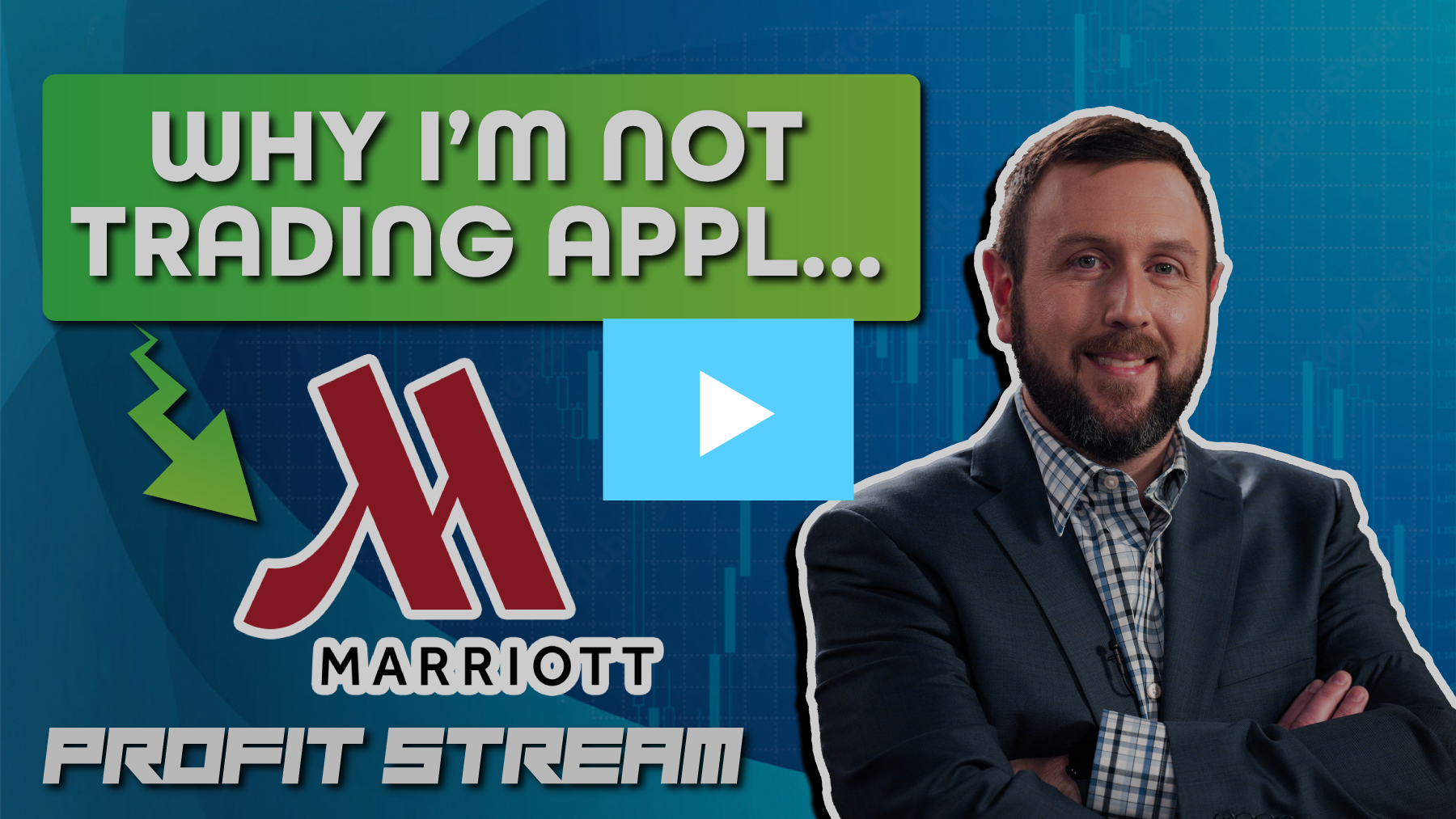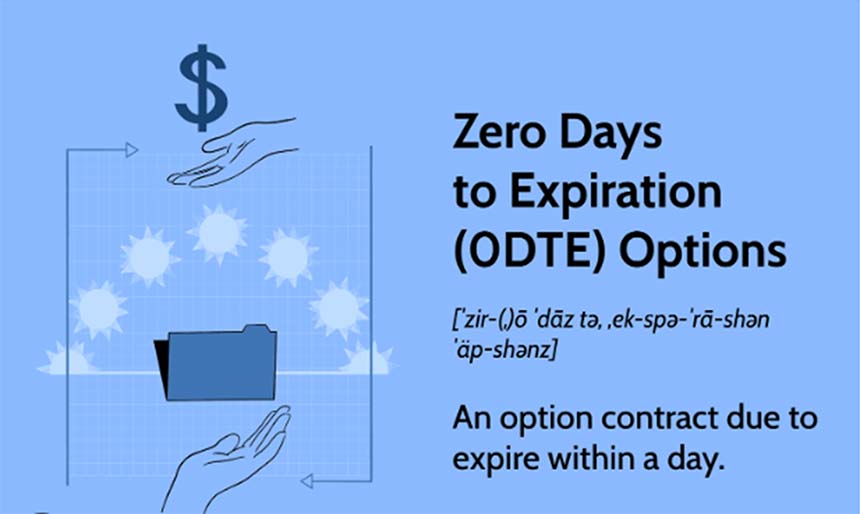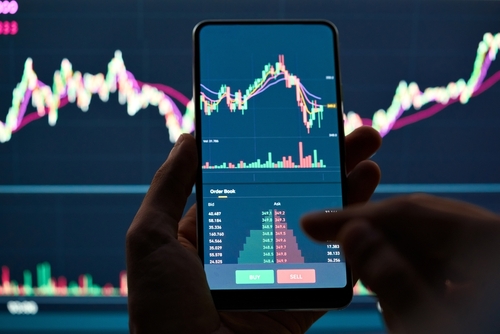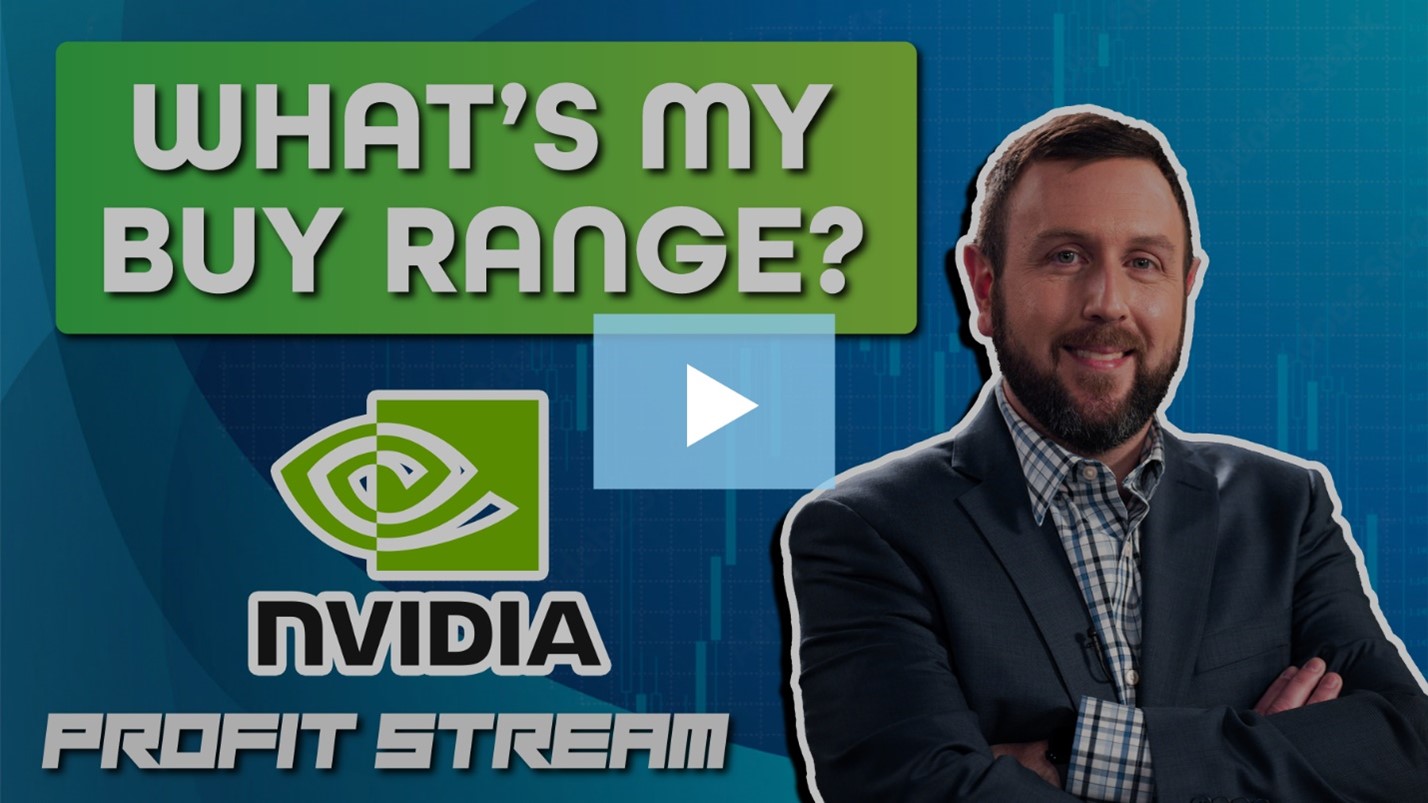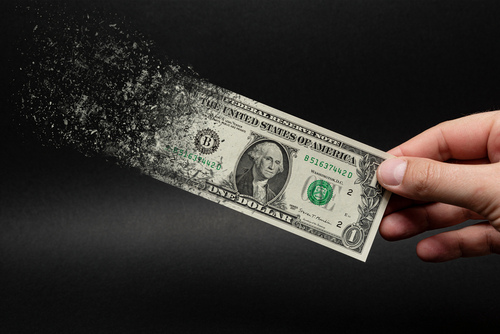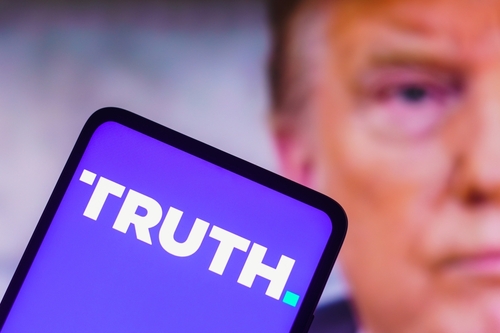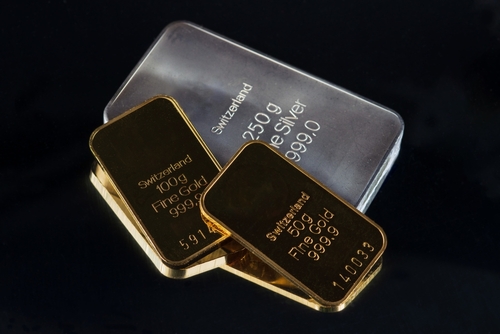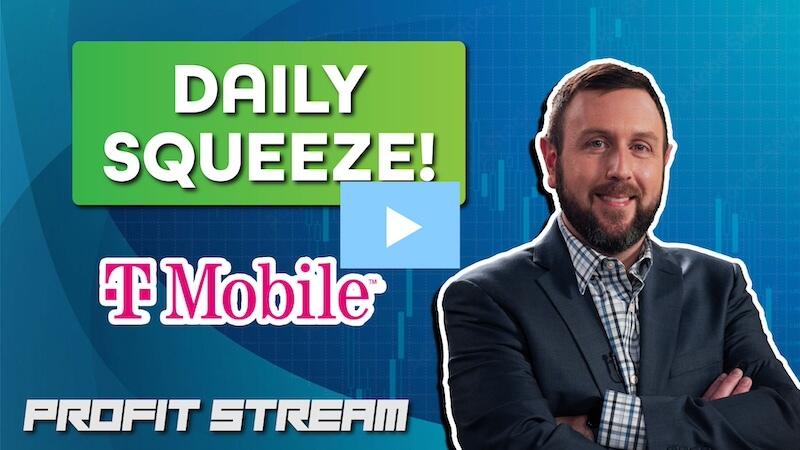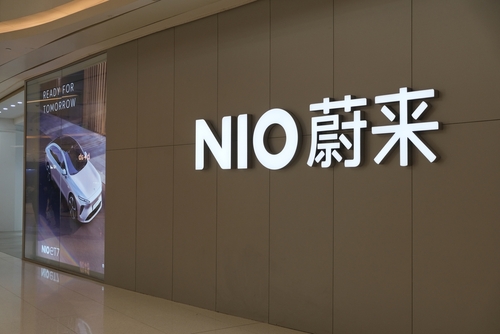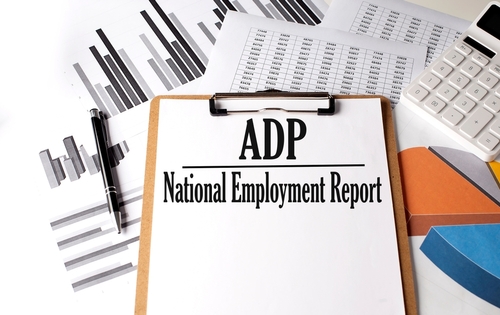Inflation Comes in HOT! Here’s How We Trade It…
Yesterday was a great day at Monument Traders Alliance. We had our first weekly Catalyst Cash-Outs livestream event.
Thousands tuned in and saw us trade the markets live.
Since Catalyst Cash-Outs involves making one weekly trade on government reports, we focused on the Consumer Price Index (CPI) report and Producer Price Index (PPI) report. Both of these reports drop this week.
And why do we even care about these reports?
Well, they give us an insight into how inflation is impacting the economy and consumers.
A big increase in inflation – as we have seen over the past few years – can cause sizable stock market reactions.
Interest rates set by the Federal Reserve are heavily tied to inflation getting hotter or cooler. Its one of the reason Wall Street watches these reports like a hawk – and so do we.
In fact, we have a unique strategy that allows us win if markets move up or down on inflation reports – all you need is a big move!
Now, there are a lot of different inflation reports, and many traders might not know the difference in the potential returns for each of them.
So in today’s article, I’ll show you the difference between the PPI and CPI. I’ll also give you data so you can see the potential returns on both of them.
First, let’s cover the report that released today and sent markets lower… CPI.
The Consumer Price Index (CPI)
The CPI measures the average change in prices paid by urban consumers for goods and services.
It covers a broad range of categories, including food, housing, apparel, and transportation. Overall, it’s the most widely followed inflation measure in the U.S.
Today, the CPI rose 0.4% over the previous month and 3.5% over the prior year in March. This was an acceleration from February’s 3.2% annual gain, and it was certainly hotter than expected.
As a result, markets moved into the red on fear that the Fed might delay rate cuts.
But for us, this was a move we were banking on. A large reaction to news – up or down.
We can look at our historic back test to prove the point.
In terms of potential returns from trading the CPI, check out the data below. You’ll see the 2023 returns for our unique CPI overnight trades.
You’ll also see the win rate is 58%. While that’s not very high, you’ll also notice the return on average is 21.96% overnight.
This is solid data, and one we can certainly trade on for success. But when it comes to inflation reports, PPI hands us even stronger results.
This is because unlike the CPI, the PPI is forward looking.
It tells you what the producers were paying last month and if that goes up, that means the CPI is likely to go higher. Markets are always thinking forward, and the PPI is a better indicator of what the CPI will do.
Producer Price Index (PPI)
The PPI measures the average change in selling prices received by domestic producers of goods and services. It’s sometimes seen as a leading indicator for consumer inflation as changes in production costs can later be passed on to consumers.
Unlike the CPI, the PPI measures the price change from the perspective of the seller, not the consumer. It measures the average change over time in selling prices received by the producers for their output.
When you look at the PPI historic returns using our unique overnight trading system, you’ll see the average win rate is 75%, plus the average strangle return is 75.11%.
![]()
YOUR ACTION PLAN
Yesterday we got positioned on a trade for both the CPI and PPI in Catalyst Cash-Outs to try and capture the market moving magic of both.
However, reports like the CPI and PPI are just a small sample of the government reports we’re now trading live every week.
In fact, we’ve created an entire system for trading multiple government reports like these, and there’s nothing else out there quite like it.
More from Trade of the Day
The No. 1 Insider Stock for 2024?
Jul 26, 2024
Why I’m Buying This 3-month Trigger Catalyst
Jul 24, 2024
Jul 23, 2024




